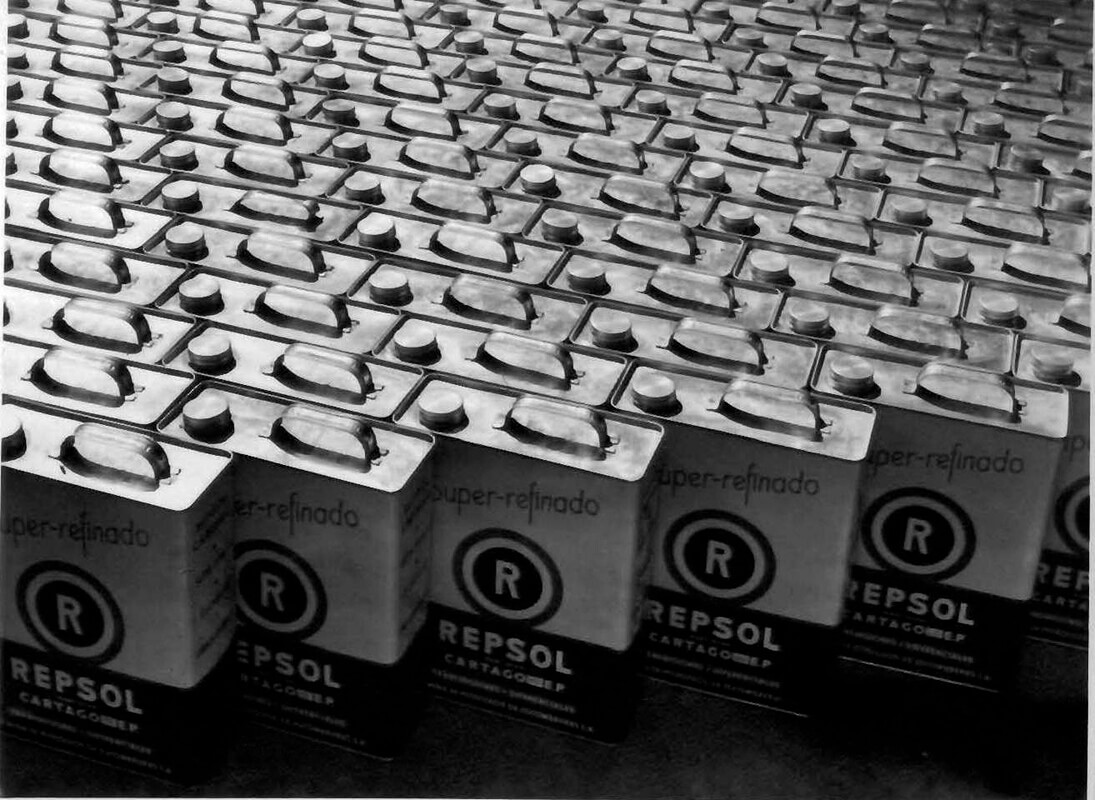Everything you need to know about lubricating manual gearboxes

Gearboxes are a crucial component for any vehicle as they are responsible for transmitting power from the engine to the wheels. Lubricant is important for ensuring the transmission is smooth and efficient. Their operation is highly dependent on proper lubrication, which not only reduces friction and wear and tear, but also protects internal components from corrosion and high temperatures.
In this article, we explain in depth how lubricating a manual gearbox works, its importance, and best practices for professionals. We would also like to take this opportunity to remind you that you can find another post on lubricating automatic gearboxes on our blog.
Why is lubrication important?
The mission of manual transmission oil is to keep the gearbox lubricated, provide thermal stability, and ensure operation under high pressures or loads. It also protects the bearings, which are key for smooth operation, and the synchronizers, which allow for trouble-free gear shifting. As a result, greater performance and a longer useful life is achieved and issues such as vibrations or noise are reduced.
How does manual gearbox lubrication work?
Manual gearbox oil creates a lubricating film between gears, bearings, synchronizers, and other internal components. In this way, friction and wear and tear is reduced, allowing for smooth and efficient operation. It also helps dissipate the heat generated by these contacts, protecting the components from high temperatures.
While some more basic models use splash lubrication, where rotating gears lift and distribute the oil, most modern manual transmissions use a more complex system.
This consists of a pump that supplies pressurized oil to critical components, such as bearings and synchronizers. Splash lubrication is also used to access other areas that you cannot be reach.
In some high-performance designs or for specific applications, sprayers or injectors are also used for even more precise and efficient lubrication, directing the oil to points where there is greatest friction.
Properties of manual gearbox oils
Manual transmission oils must meet a series of requirements to ensure optimal performance, including:
- Viscosity. A parameter that measures the resistance of oil flow, which is crucial to maintain an effective lubricant film under different temperatures. Too low a viscosity may not provide sufficient protection, while too high a viscosity may increase resistance and reduce efficiency.
- Anti-wear additives. The oil must protect the gears and bearings from wear and tear, even under high loads. This is done so, through anti-wear additives that form a protective layer on metal surfaces.
- Antioxidants. They serve to prevent the formation of deposits, which could clog the passages, and help prevent oil degradation from exposure to oxygen and heat.
- Corrosion inhibitors. Their function is to protect internal components from corrosion, by neutralizing acids and forming a protective barrier.
- Extreme pressure additives. They are crucial for protecting gears under extreme loads, preventing metal-to-metal contact and severe wear and tear.
Types of manual transmission oils
There are different types of oils for manual gearboxes, each with specific characteristics:
- Mineral oils. They are the most common and economical and are obtained directly from oil refining. They provide adequate protection under normal operating conditions, but their performance may be affected in extreme temperatures.
- Synthetic oils. They are manufactured through chemical processes that allow for greater control over their properties. They offer better performance and protection over a wider range of temperatures, as well as greater resistance to oxidation.
- Semi-synthetic oils. They combine the advantages of mineral and synthetic oils, and their characteristics depend greatly on each product's specific development
How to choose the right gearbox oil
The type of lubricant depends on the make, model, and age of the vehicle in question. Obviously, it is always best to follow the manufacturer's recommendations, which you can find in the vehicle manual, which detail the viscosity and required specifications. Time between oil changes is also indicated.
Another option is to use the Repsol lubricant search engine, which allows you to find the right oil for your manual gearbox by simply typing in the model name or license plate.
We also recommend taking a look at the Navigator range, which offers a wide catalog of products for manual transmissions. These lubricants have a high capacity to withstand loads, provide a smooth and fluid ride, and significantly reduce fuel consumption. They are also suitable for both light and heavy vehicles or agricultural machinery.
Related content




